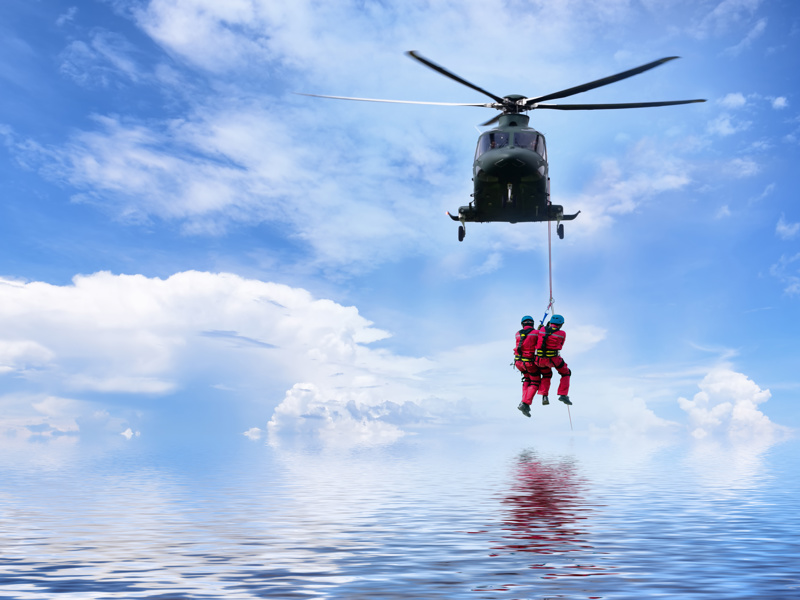3 Ways to Create Effective Mission Critical Training Scenarios

Top Tips to Create Mission Critical Training
Mission Critical Training is essential to perform tasks in high-risk work situations.
The following industries are high risk:
- emergency services
- energy
- manufacturing
- construction
- security
- criminal justice
- municipal services such as public safety
- aviation
- medicine
- pharmaceuticals
Employees working in these fields usually need mandatory educating. They must know how to avoid any life-threatening and expensive consequences.
Their instruction should provide real-life situations and contexts, not only theoretical instructional material. Here are top tips for designing effective mission-critical training.
Focus on the ‘why’ of the training
With mission-critical training, the end goal is much greater than personal career growth. It outweighs organizational objectives.
It enables people to handle high-risk and intense scenarios. It has a powerful impact on the lives of the public as well as on the environment. It is critical to introduce this aspect at the very beginning of the training. This motivates the trainees to take part with increased enthusiasm.
You could use animated diagrams or high-quality videos to deliver this training. Your goal should be to capture your trainees' attention. Then keep them open to what follows.
Collaborate with the team
The organization should provide an assessment of the types of risk they face. The impact of actions to address those risks must also be clear. The organization needs to develop a culture of risk awareness. This will ensure buy-in from both the employees and the company leadership.
As an instructional designer, you will need to become acquainted with the industry. Teachers must understand the risks it seeks to mitigate and control. To do this you could:
- refer to client source documents
- interview the client for missing information and clarifications
- interview subject matter experts to ensure you have all relevant details
Make sure you gauge the sensitivity of the subject and the content. Do thorough research. Learn all you can about the industry, jargon, and behavior of people involved in the industry. This will help you to create powerful storyboards.
Then you start creating scripts, and planning the flow and fluidity of the course.
Present relevant training
Mission-critical trainees may either be preparing to or already working in high-risk situations. Training might refine or update their particular skill set.
You must design and develop training that will meet the specific needs. It must match the existing competency level of the trainees. It must be relevant and realistic.
Your content authoring and storyboarding must not only be captivating and engaging. It must also deliver and achieve specific objectives.
Simulation eLearning authoring tools can help your tutelage program to achieve optimal results. Simulator learning, using branched scenarios can best prepare trainees to face real-life situations.